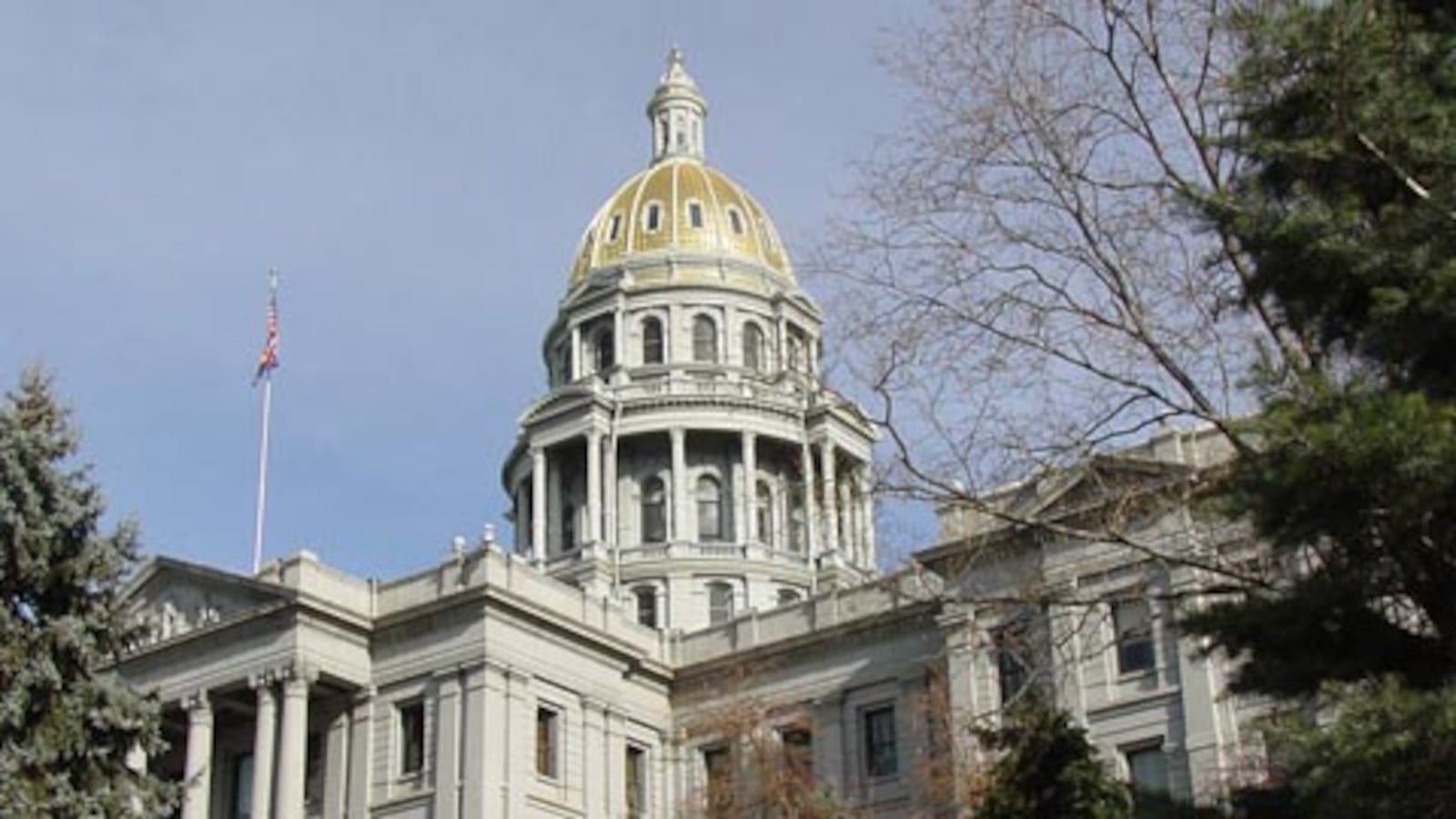Two years ago, Colorado lawmakers established a special committee to dig deep into the state’s complex school finance problems and propose legislation to fix at least some of them.
Near the end of their tenure, instead of proposing solutions, lawmakers are asking for more time.
If a majority of legislators agree to keep the committee going, its work will take place in a new political environment. For the past four years, Democrats have controlled the state House and Republicans have controlled the state Senate. The makeup of the committee reflected that partisan split. Now Democrats control both chambers, and they ran on an agenda that included increasing funding for education.
But Amendment 73, a tax increase that would have generated $1.6 billion for schools, failed, leaving lawmakers with roughly the same pot of money they had before.
School district and union leaders have warned against changing the way the state distributes money to schools unless there’s more money in the system. Otherwise, efforts to make the formula fairer will end up reducing funds to some districts. Put another way: They want a bigger pie, not different-sized pieces of the same pie. But Colorado voters didn’t bake a bigger pie.
For state Rep. Alec Garnett, the Denver Democrat who serves as vice chair of the committee, that’s an indication lawmakers need to develop a bipartisan proposal that voters would pass.
“We are where we are because none of the ideas have been right,” he said. “The ideas that have been brought forward have been rejected by the legislature and by the people of Colorado. It’s really important that this committee be seen as the vehicle that will get us a solution.”
Republican state senator-elect Paul Lundeen, the committee chair, said he sees broad consensus that Colorado’s school finance formula needs to put the needs of students rather than districts first.
“I’m an optimist,” he said. “I believe we will achieve a formula that is more student-centered.”
State Sen. Rachel Zenzinger, an Arvada Democrat, agreed that a bipartisan approach is important to showing voters that “all voices were heard,” but she also pointed to a political landscape that has changed. The committee should be bipartisan, she said, “as long as we are able.”
Not everyone thinks it makes sense to keep going.
“We obviously support improving our school finance formula and appreciate the work and discussions of the committee, but without meaningful new money, we don’t believe in creating winners and losers,” said Amie Baca-Oehlert, president of the Colorado Education Association, the state’s largest teachers union. “This is a new day. It’s time to get fresh perspectives from a new legislature. We believe the committee should not continue and is outdated. It is no closer to real funding solutions than when it started two years ago.”
A representative of the Colorado Association of School Executives, which represents superintendents, said the organization would take up this question with its members later in the month.
Discussions among lawmakers on the committee have been frustrating and circular at times, with consensus elusive not only on the solutions to the problem but on which problem is the most important to address. A consulting firm that worked with the committee for most of that two-year period ultimately failed to produce the simulation model lawmakers hoped to use to test new funding formulas because a key staff member left. Then decisions got put on hold to see how the election would turn out.
Legislators said the last two years of work have not been a waste at all but instead have laid the groundwork for coming discussions. They put on an optimistic face.
“The key is bipartisanship across the board,” Garnett said. “If Republicans and Democrats and the General Assembly say to voters, ‘Here is how we want to change the formula, but we need your help,’ that is the Colorado way.”
Garnett said those who have been at the table so far — a reference to school district superintendents who brought their own proposal last year — cannot continue to control the conversation.
“The tables have not been big enough to get support,” he said. “We can’t do this alone, but no one else can do it alone either.”
The committee unanimously supported an extension, but could disagree at the next meeting, set for mid-December, on changing the makeup or scope of the committee. Right now, it has five Democrats and five Republicans, with five members from the House and five from the Senate.
The original authorizing legislation was extremely broad. Zenzinger said it might make sense to set aside issues about which there has been stalemate. That would give Republicans less room to press their priorities.
Also in the mix: governor-elect Jared Polis has made his own education promises, especially funding full-day kindergarten. Some people question whether that’s the best use of scarce education dollars, which they might like to spend on special education or expanding preschool.
Garnett said he doesn’t think asking voters for more money is off the table, but it should be part of a broader conversation about changing constitutional limits on the growth of Colorado’s budget. A new formula could be created with a trigger, should voters agree to that change.
“This challenges everyone,” he said. “It requires Republicans to dig into the crisis, and it requires Democrats to dig into what needs to happen at the classroom level.”

